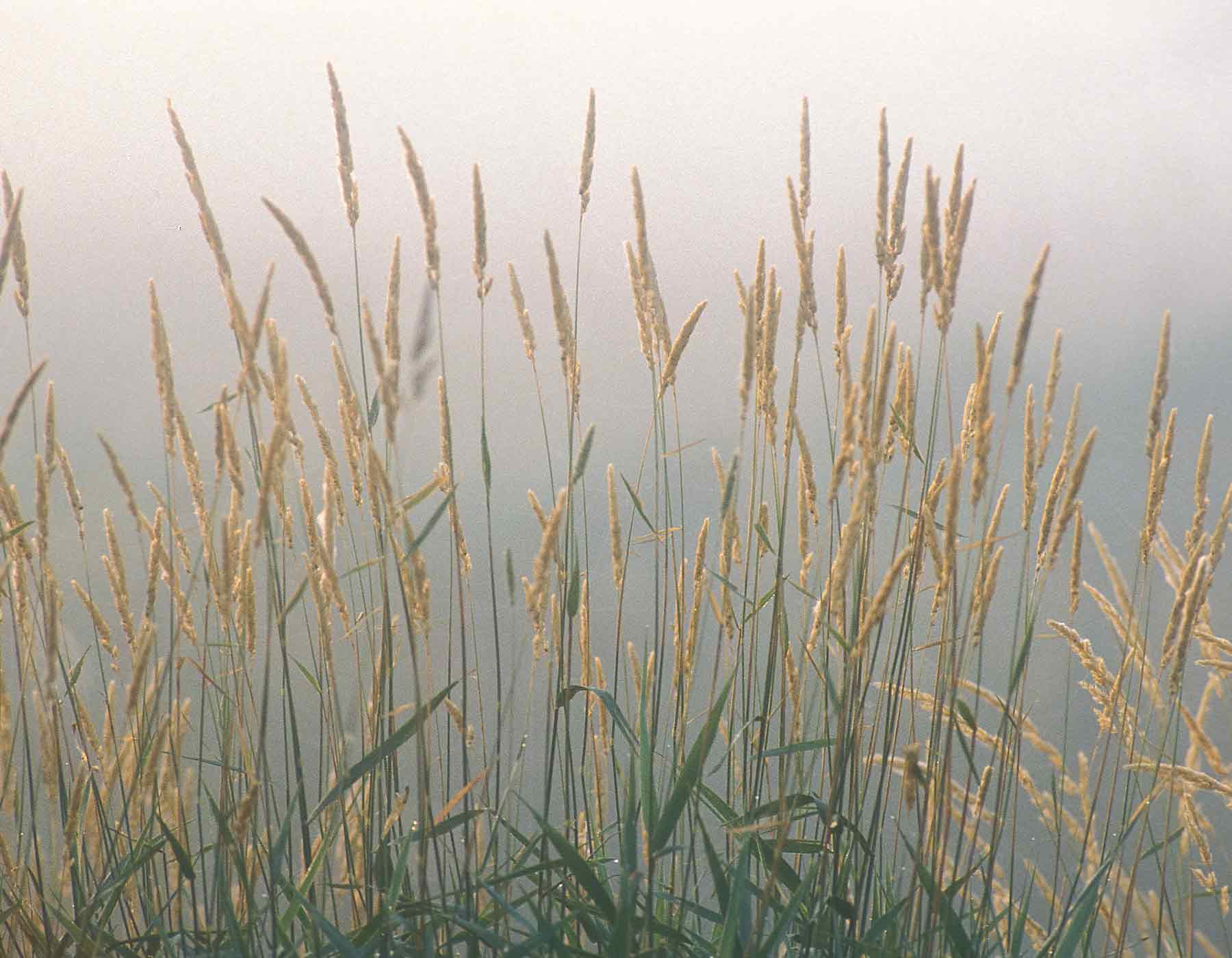Reed canary grass is native to Europe, Asia, and North America, and it varies quite a bit. Our native Missouri version, for instance, is quite different from the highly invasive Eurasian type that has been widely introduced.
Effects on Natural Areas
Reed canary grass is a major threat to marshes and natural wetlands because of its hardiness, aggressive nature, and rapid growth. When it invades an area, reed canary grass crowds out and gradually replaces native wetland and wet prairie species. It is of particular concern because it is difficult to control selectively without harming other plants.

Title
Recommended Practices in Natural Communities of High Quality
Fire can help control the spread of reed canary grass and keep it out of high quality wetlands. Repeated late autumn or late spring burning for several years can control this species. Annual burning may be needed for 5 to 6 years before good control is apparent.
Burning is most effective where other species are present or in the seed bank, since fire allows native, fire-adapted species to compete successfully. Fire is not very effective in dense monocultures of this grass where seeds or plants of native species are absent.
The native reed canary grass should not be eliminated, but no reliable method for telling the difference between the forms is known. Control measures should be implemented when reed canary grass degrades the natural quality or diversity of a community.
Title
Recommended Practices on Lands Other Than High-Quality Natural Communities
Prescribed Fire
Prescribed fire as described above should be used in areas that will burn.
Hand-Pulling
Hand removal for control may be feasible in small stands. There is evidence that hand chopping the stems at flowering time may kill small clones.
Herbicide Treatment
Certain herbicides are effective where there is no real concern for damage to surrounding native species. According to label recommendations, Rodeo, a formulation of glyphosate designed for use in wetlands, will kill reed canary grass, especially young plants, when applied to foliage. Rodeo should be applied in early spring when reed canary grass is green and most native wetland species are still dormant. The area should be checked after spraying, and any surviving reed canary grass should be sprayed the following spring.
Dalapon and Amitrol also reportedly kill canary grass, although no treatment recommendations other than label recommendations are available. All three herbicides are licensed for use in aquatic areas. Rodeo and Amitrol are nonselective herbicides that will kill all vegetation contacted. Dalapon selectively kills grasses and monocots, but not broadleaf plants.
Spraying foliage with Roundup (a formulation of glyphosate) mixed according to label instructions and subsequent burning of dead residue has been moderately effective in northern Illinois. However, Roundup is not licensed for use in aquatic areas and should only be used in areas without standing water.
Precautions
- Avoid contacting non-target species with herbicides.
- Do not spray so heavily that herbicide drips off the target species.
- The herbicide should be applied while backing away from the treated area to avoid contacting wet herbicide.
- By law, herbicides may only be applied as per label instructions.
Herbicide caution: There are probably no herbicides that are selective enough to be useful and efficient in high quality natural communities, unless applied with extreme caution where only minor spot treatments are needed.
Plant Natives
Where practical, it can be useful to sow in seed of nearby native grasses and forbs after reed canary grass has died (due to control efforts) or gone dormant. Seed of nearby native grasses and forbs should be collected when ripe and then raked into the sod as soon as the reed canary grass has died.
Title
Failed or Ineffective Practices
The following practices should be avoided:
- Hand control: very slow and too labor-intensive for large stands.
- Mowing: probably not effective as a control measure.
- Grazing: probably not a practical method of control in wetland areas where canary grass usually is a problem.
- Tillage: not usually practical in wetlands and not appropriate for high quality sites.
- Restoring water levels: many wetlands are drier now than historically, and restoring water levels needs more research.
- Biological controls: none known that are feasible in natural areas.
- Introduction of competitive species: probably few native species can compete with reed canary grass in wetlands if burning is not used also. It reportedly will even crowd out cattails. Prescribed burning allows native species that are present or seeded-in to compete successfully.
- Heavy equipment: removal with construction equipment is ineffective, as reed canary grass responds quickly by growing back from rhizomes and seeds remaining in the soil. Use of heavy equipment is not appropriate in good quality natural communities.





















